Porsche 916 Brutus
Forty years ago, a new mid-engined sports car rolled onto the streets, the development of which was commissioned by Volkswagen and carried out mostly by Porsche. Without going deeper into the story (it will be part of a separate article in the course of this year), we would like to anticipate the result: As VW-Porsche 914 the car was a worldwide sale success, while the stronger version, called Porsche 914/6 with the 110 hp strong six-cylinder boxer engine of the 911 T was produced in only 3,353 copies. Nevertheless, the team of engineers from Zuffenhausen considered at a rally and racing variant with slightly wider fender flares and further modifications, which was built 32 times as 914/6 GT. In addition Porsche sold about 400 conversion kits to customers. But that wasn’t enough for the motorsport department. They worked on a more powerful variant called the 916, which were equipped with the engines of the stronger 911s.
The first prototype was created for Corina Piëch, the daughter of Ferdinand Piëch, the grandson of company founder Ferdinand Porsche, who later became CEO of Volkswagen Group. In 1971, when this vehicle was produced, he was head of the Motorsport division and led Porsche to their second Le Mans victory with the 917 after 1970. This first copy of the 916 differs profoundly from the later built ten cars, as it received the drive unit from the 911 Carrera RSR 2.9. The following three cars came with the engine of the 911 2.4, while the final seven received the six-cylinder boxer from the Carrera RS 2.7. Thanks to the RSR unit in number 1, a rev counter with a red range from 7,500 revs per minute is used in the cockpit. In addition, there is a powerful fuel pump and a 85-liter fuel tank, while the other 916s received a 100-liter tank. For more torsional rigidity, the detachable targa roof of the 914 was welded to the body of the 916. Since the dynamic results of this prototype were so close to the 911, the findings from the 916 program led to just one result: it wasn’t put into production as Porsche didn’t need two sports cars with identical performance.
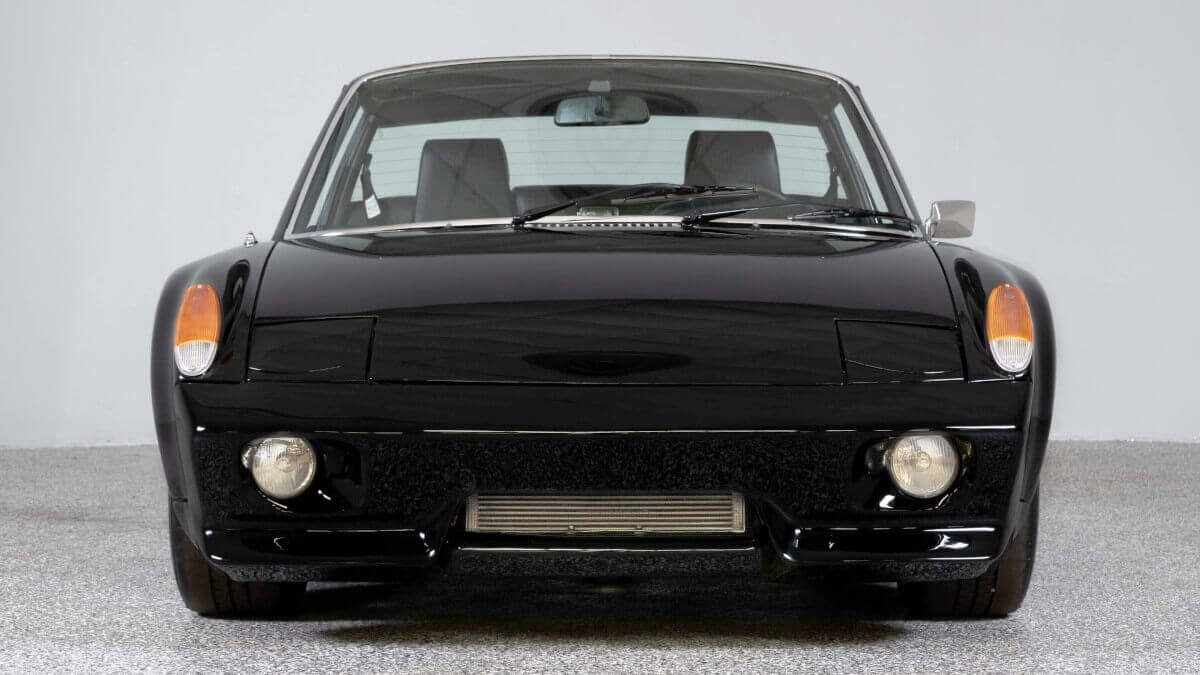



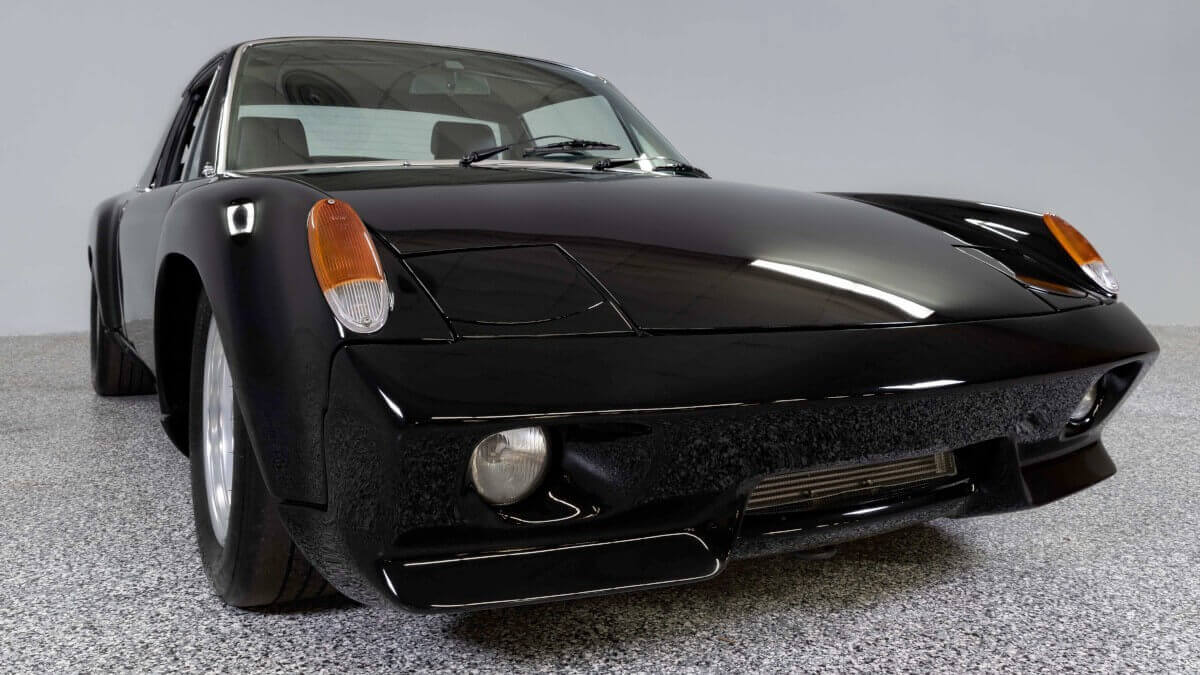



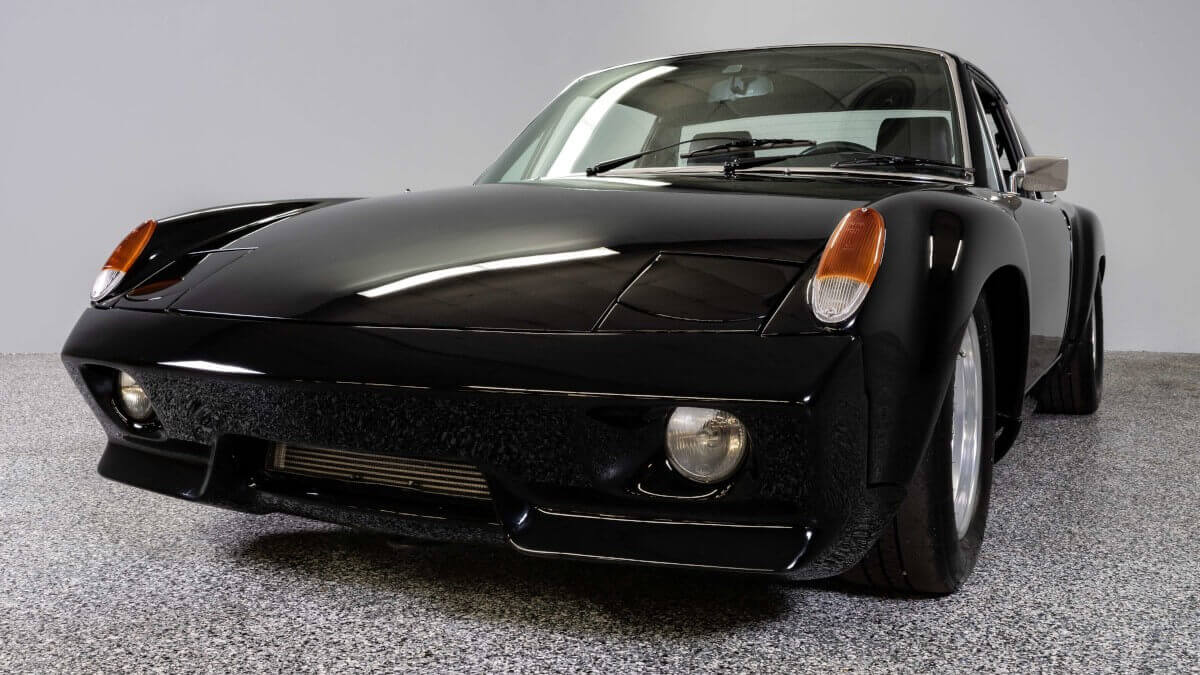



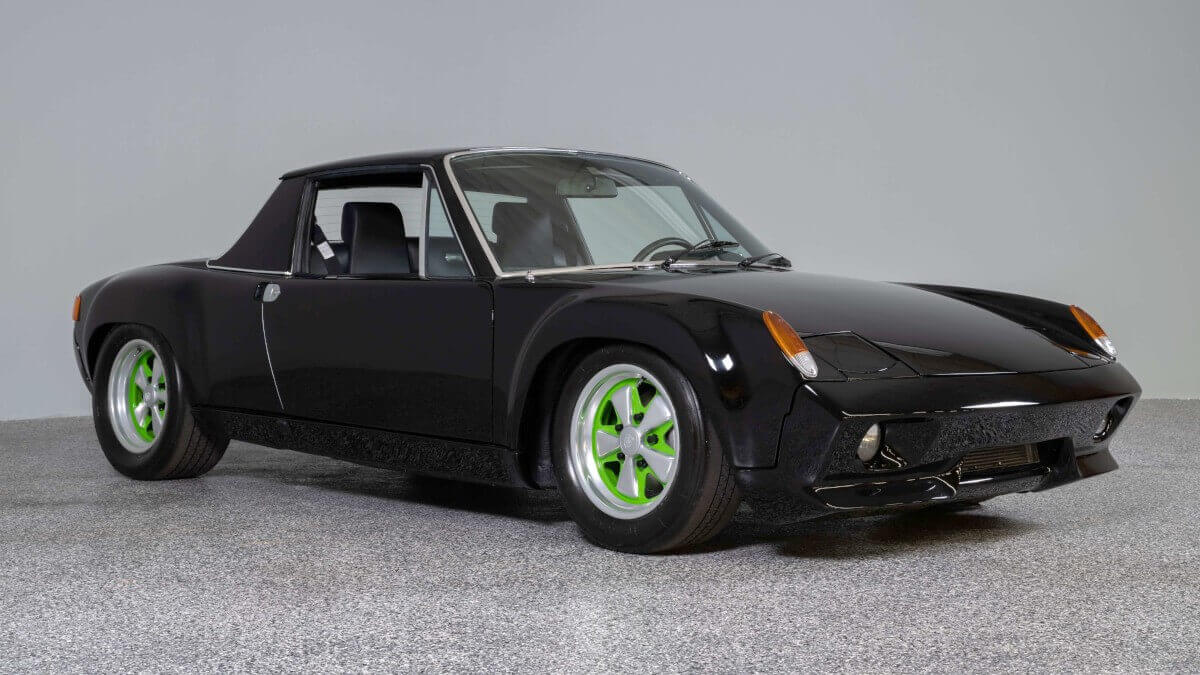



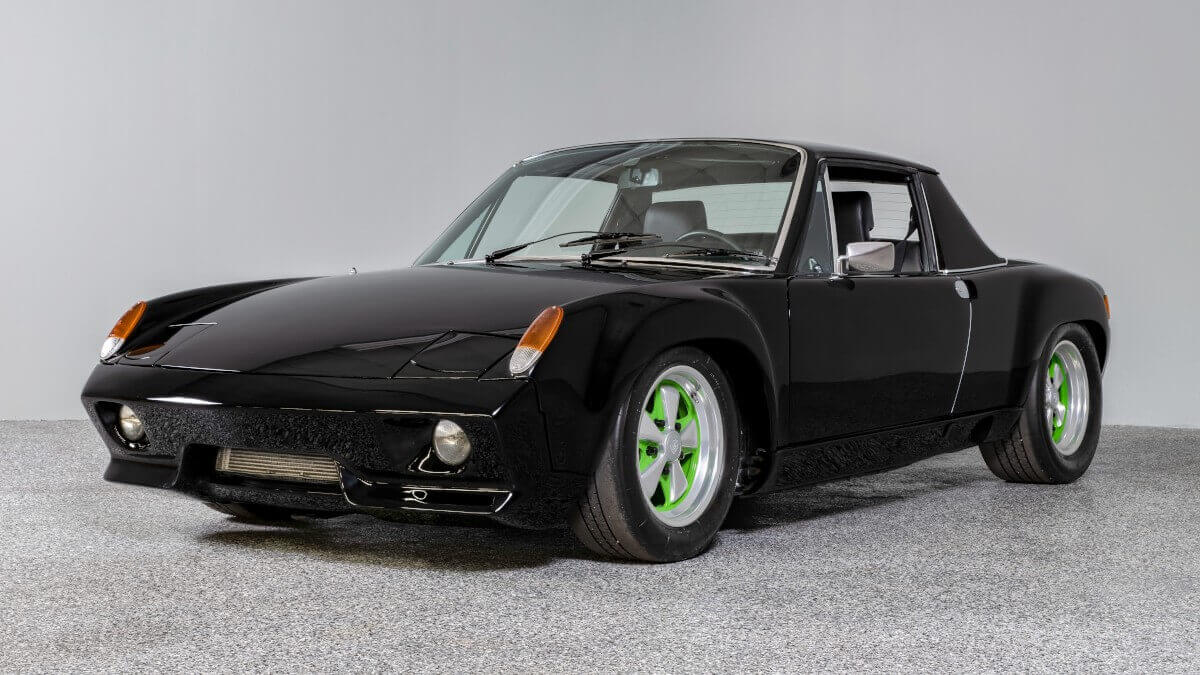



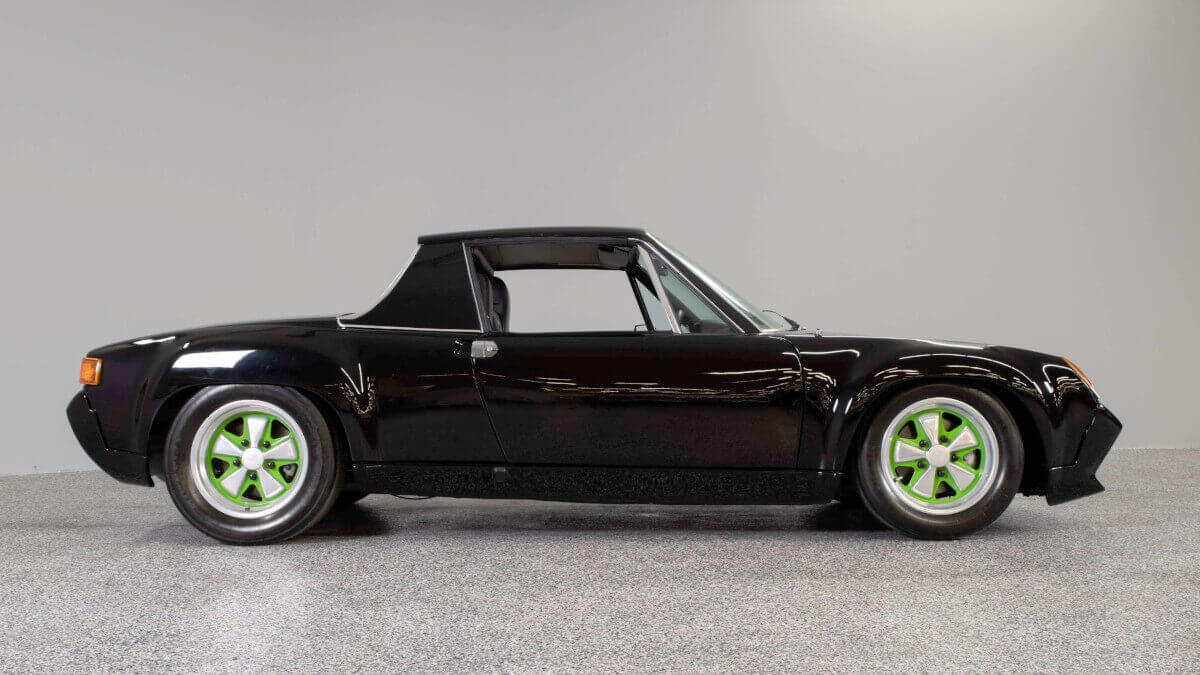



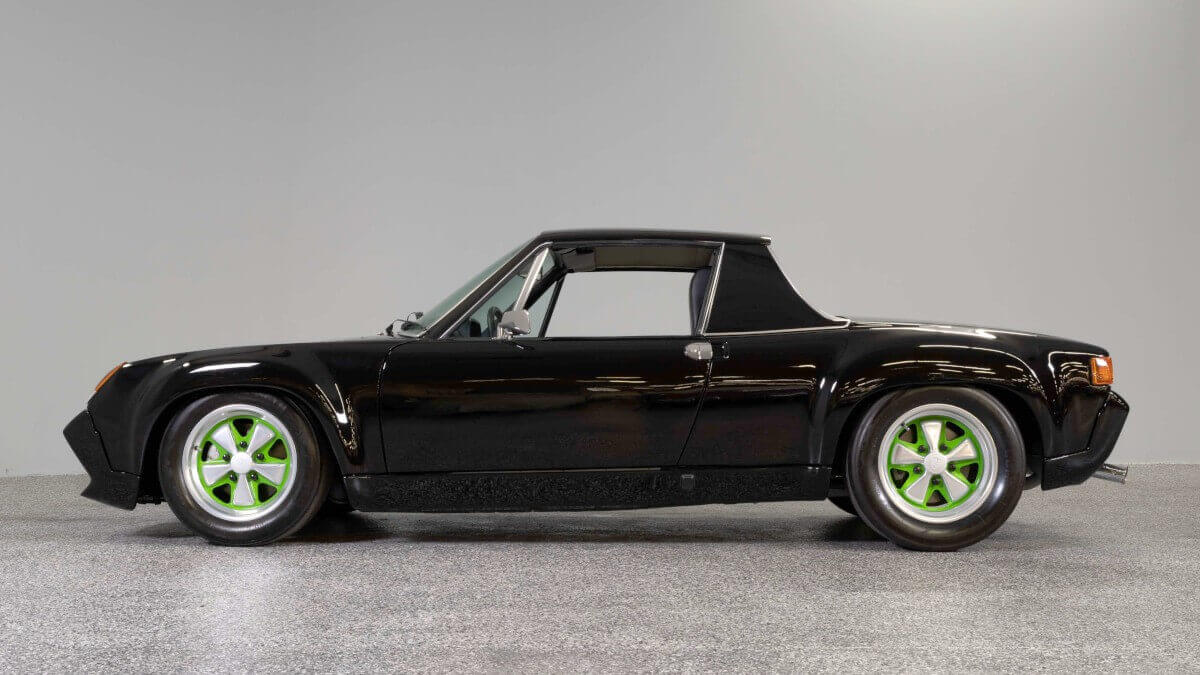



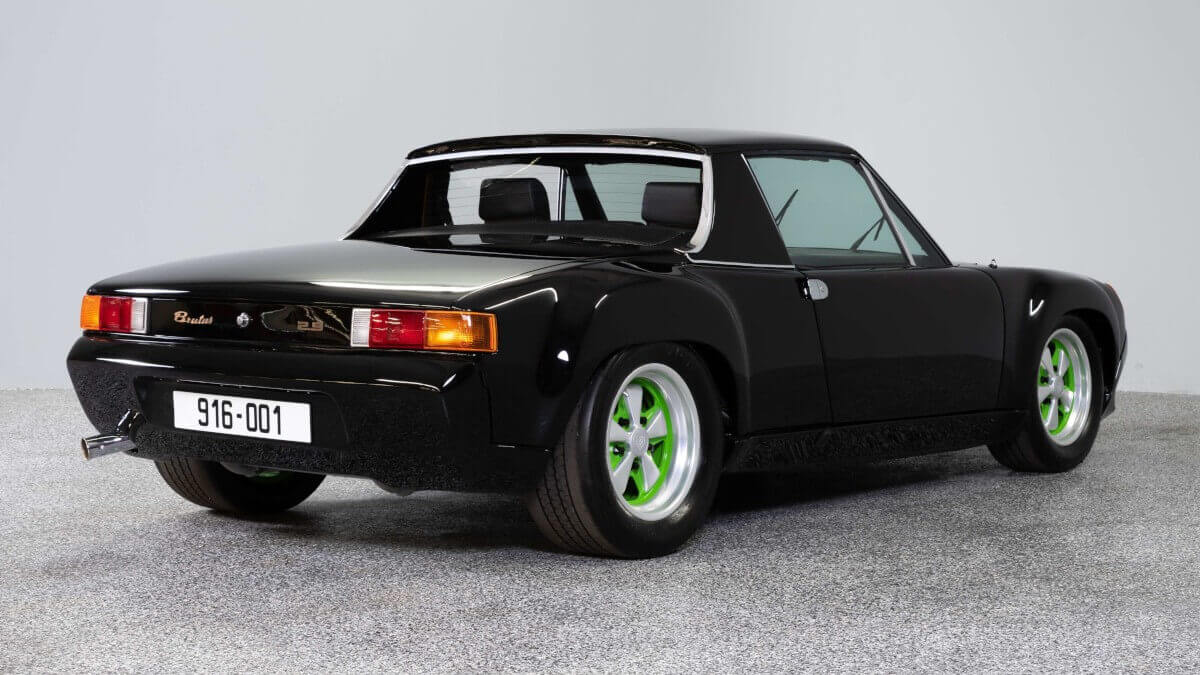



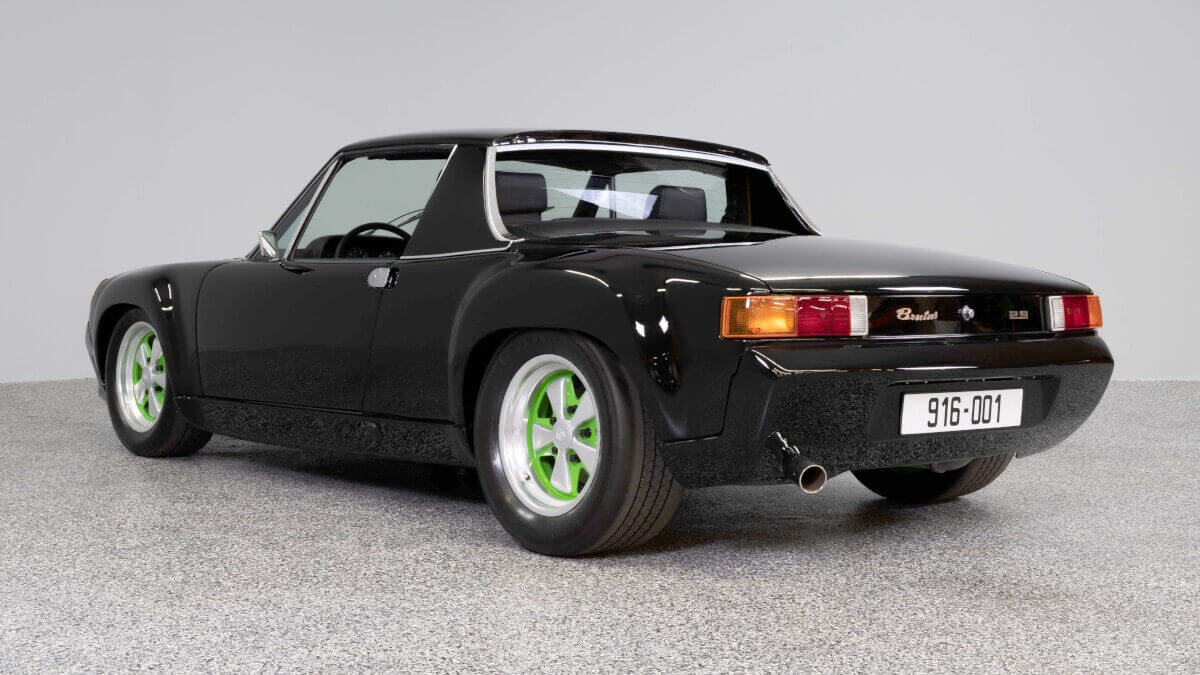



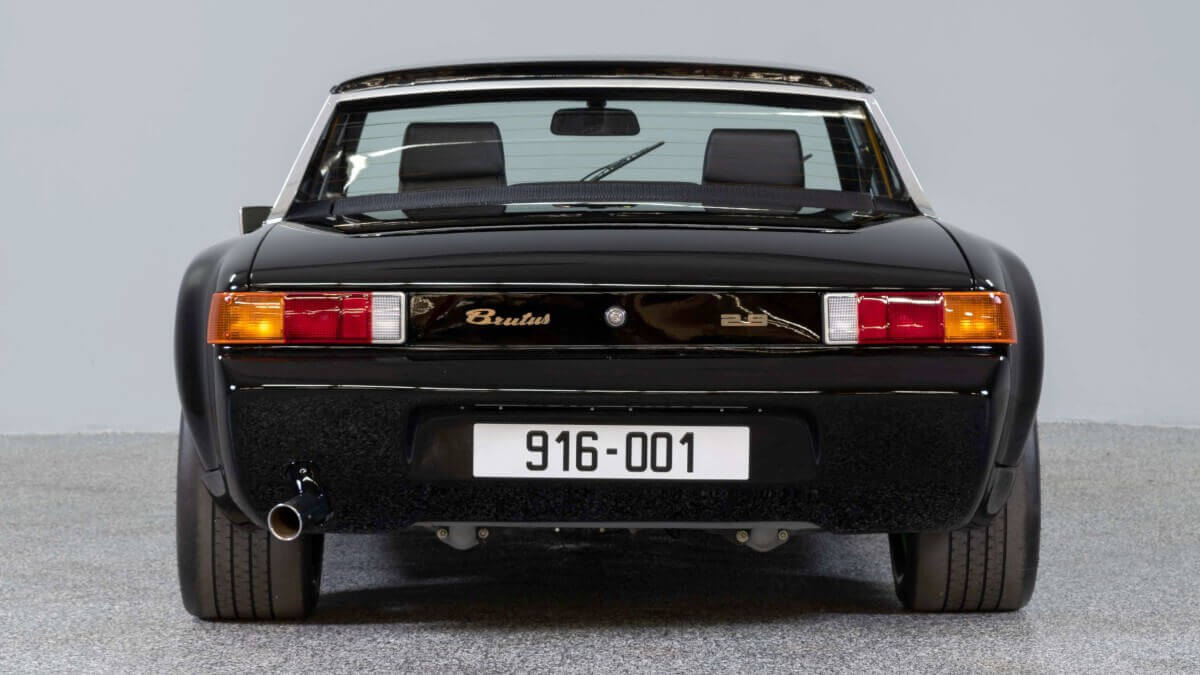



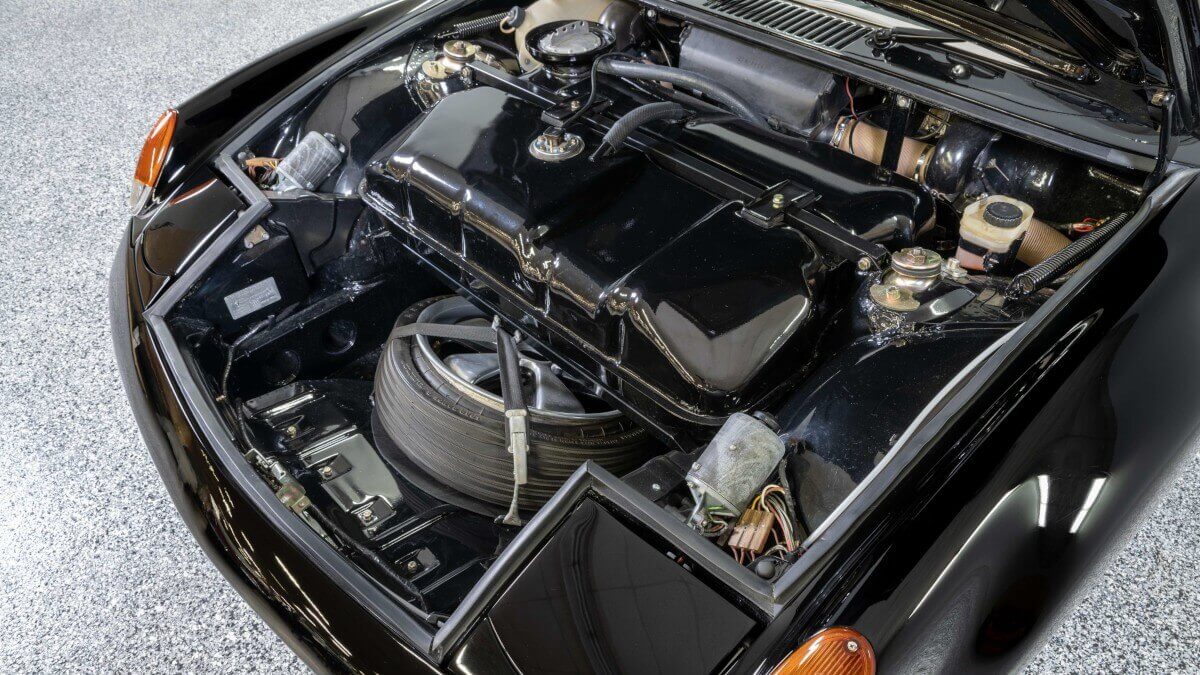



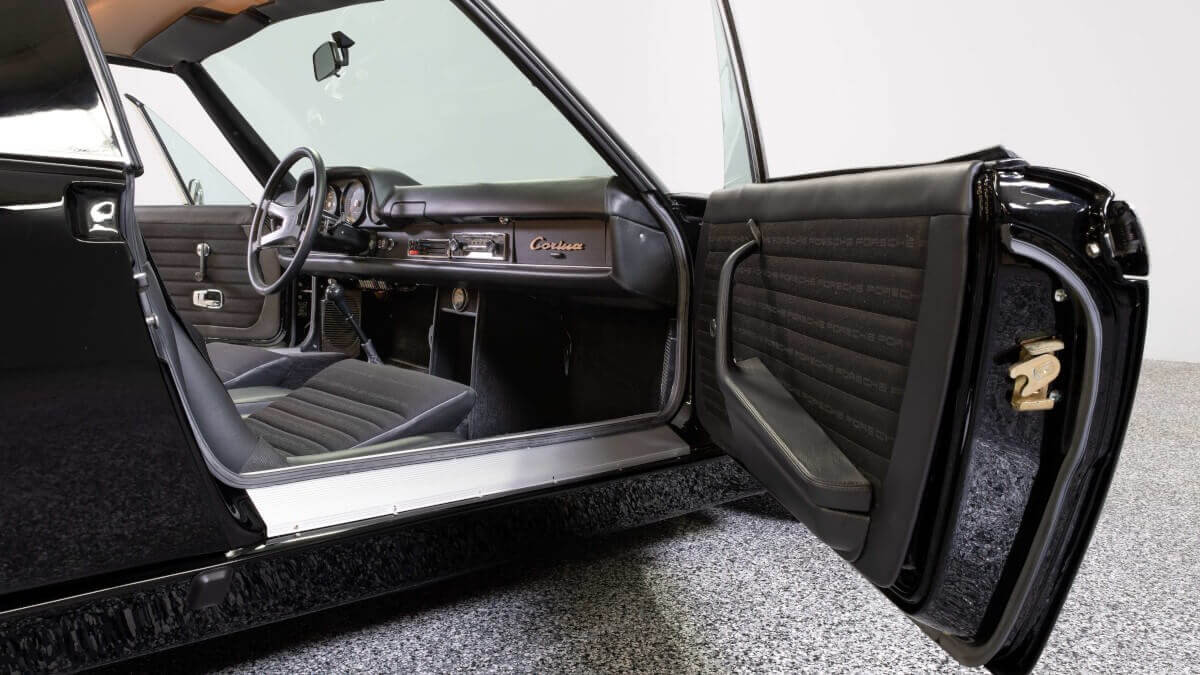



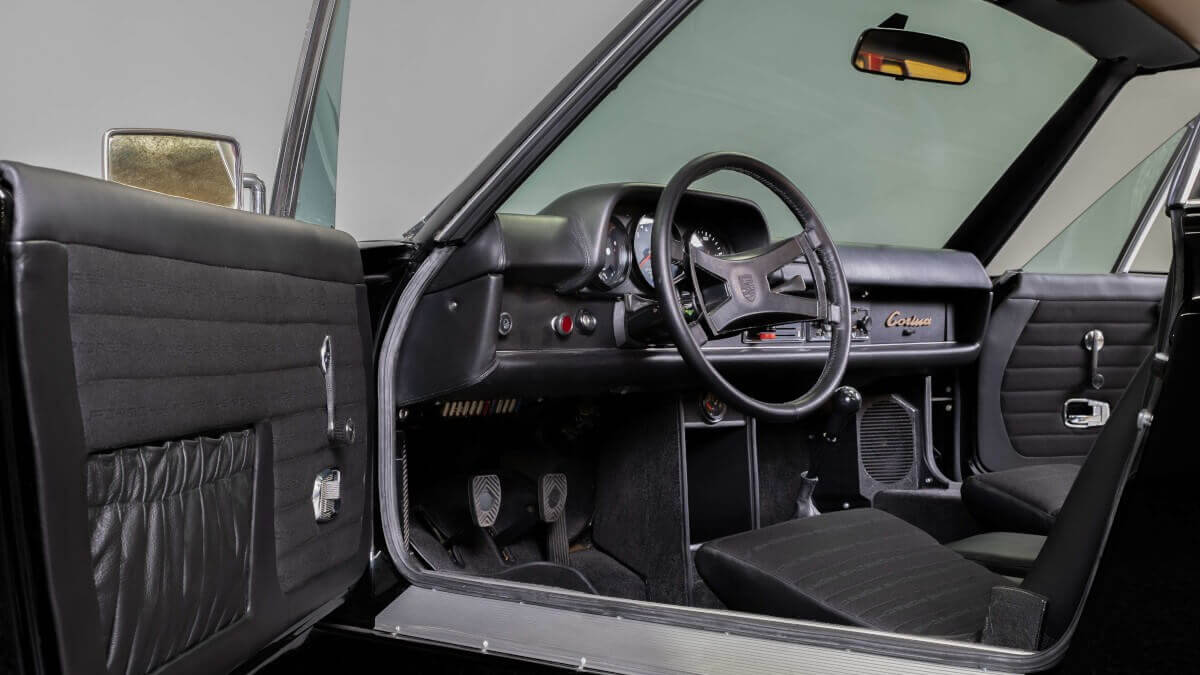



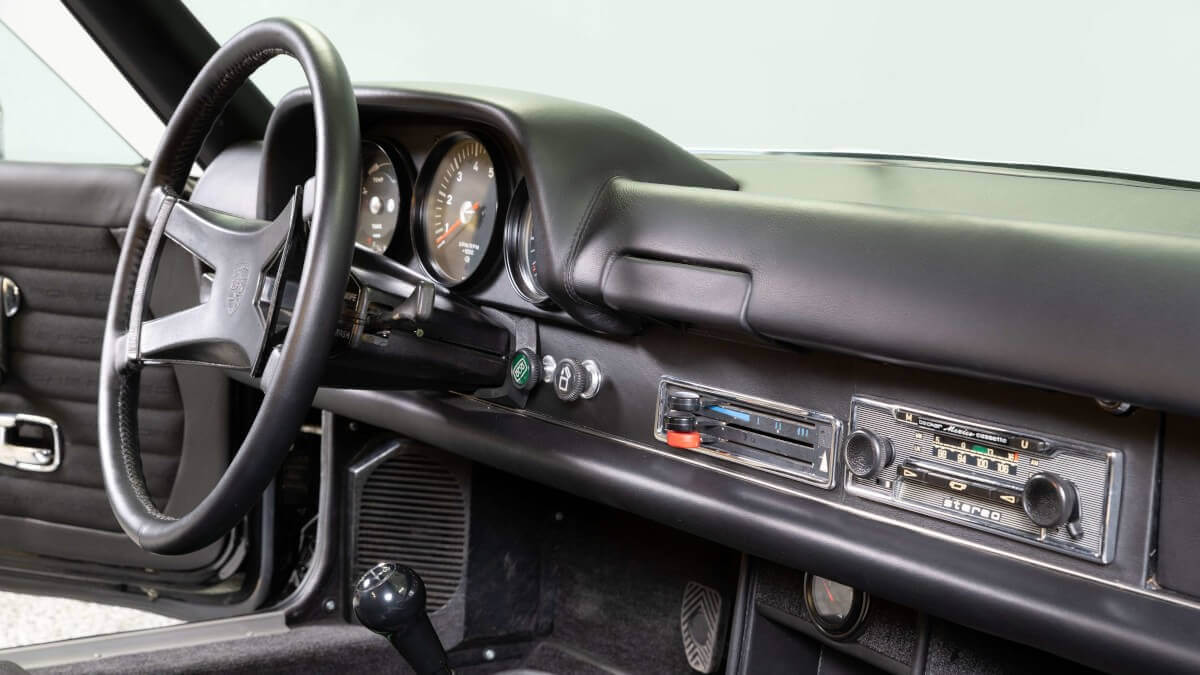



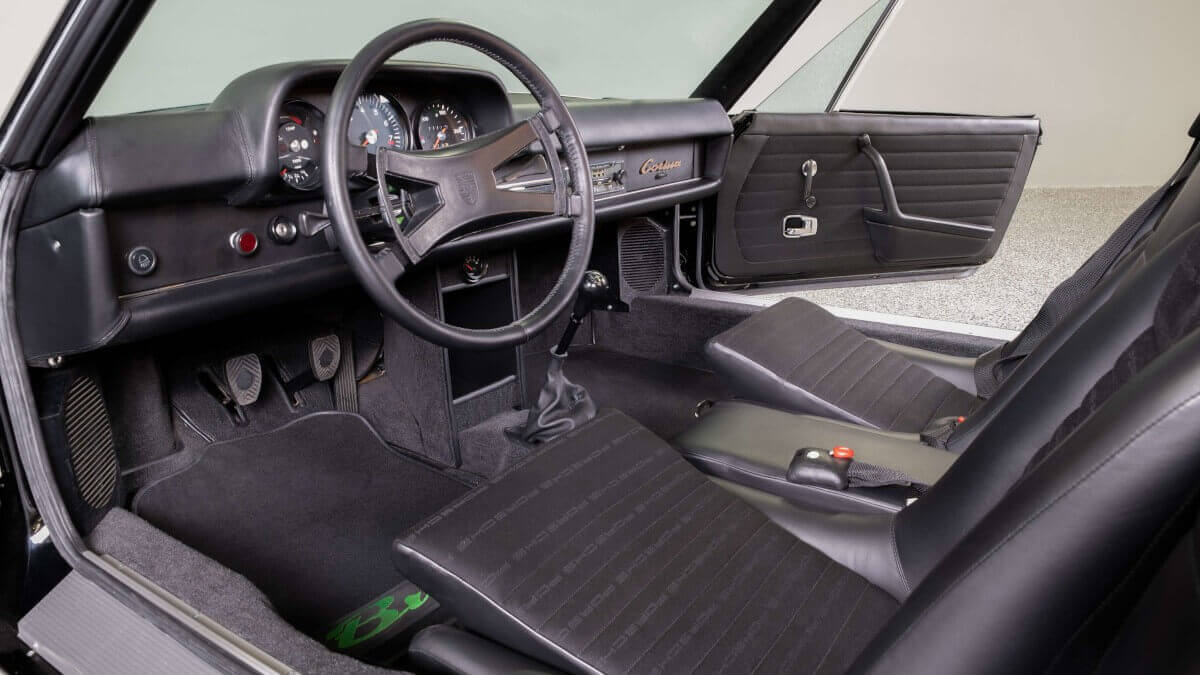



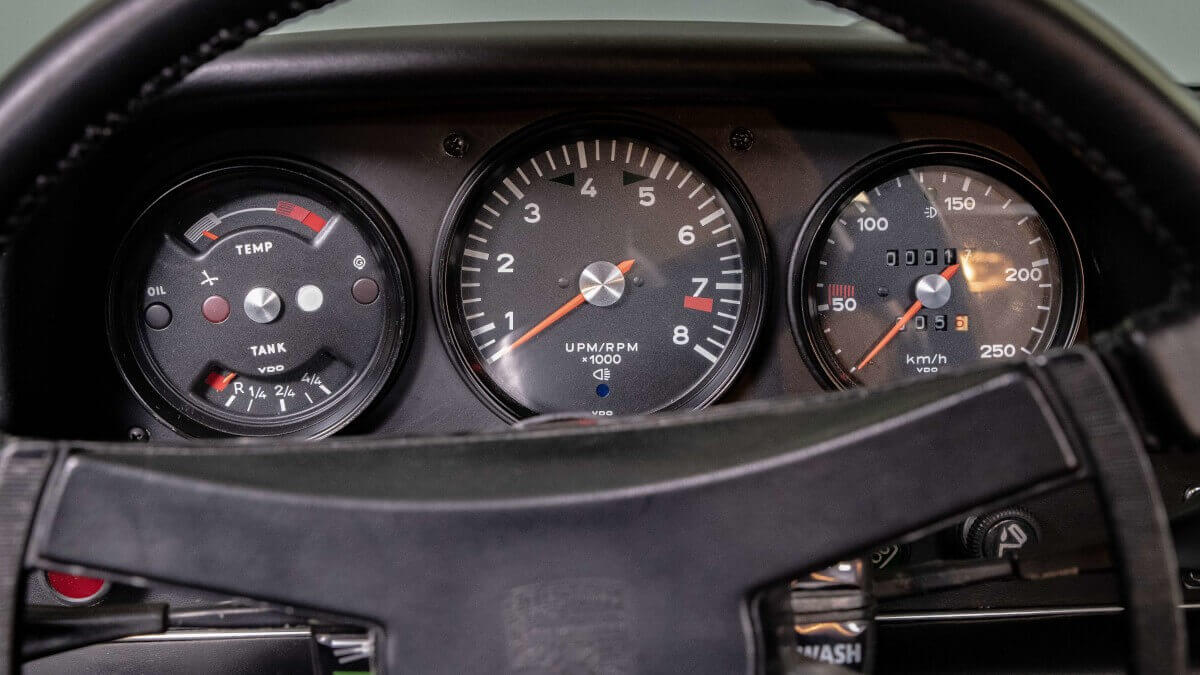



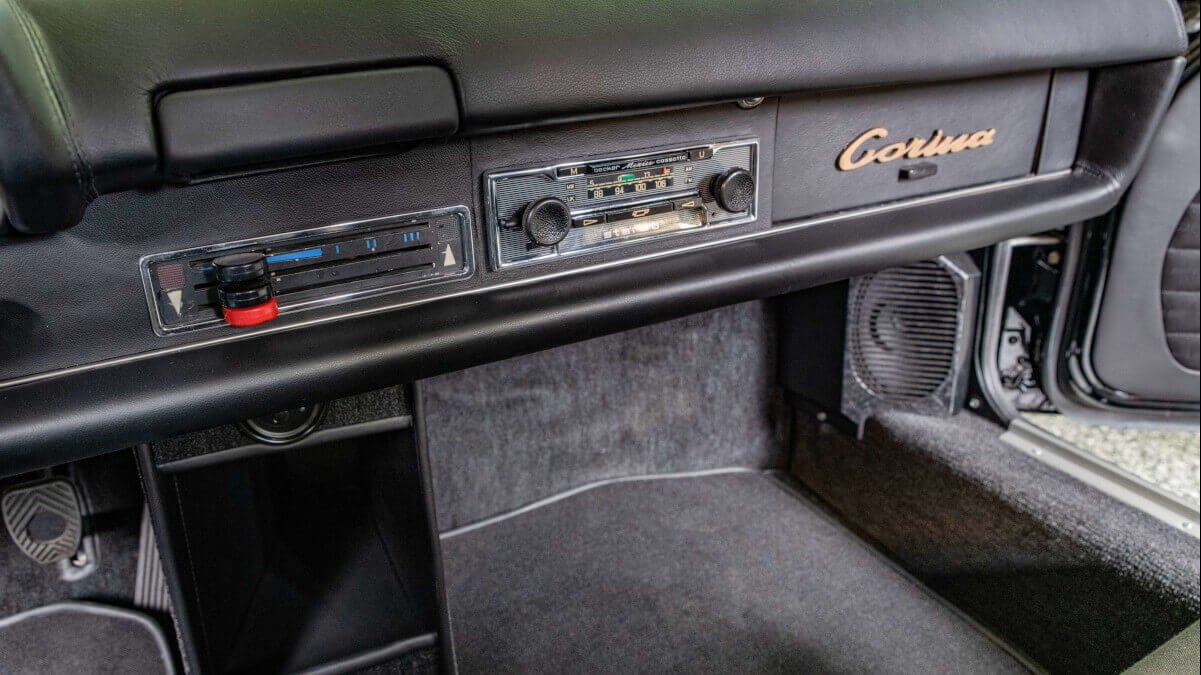



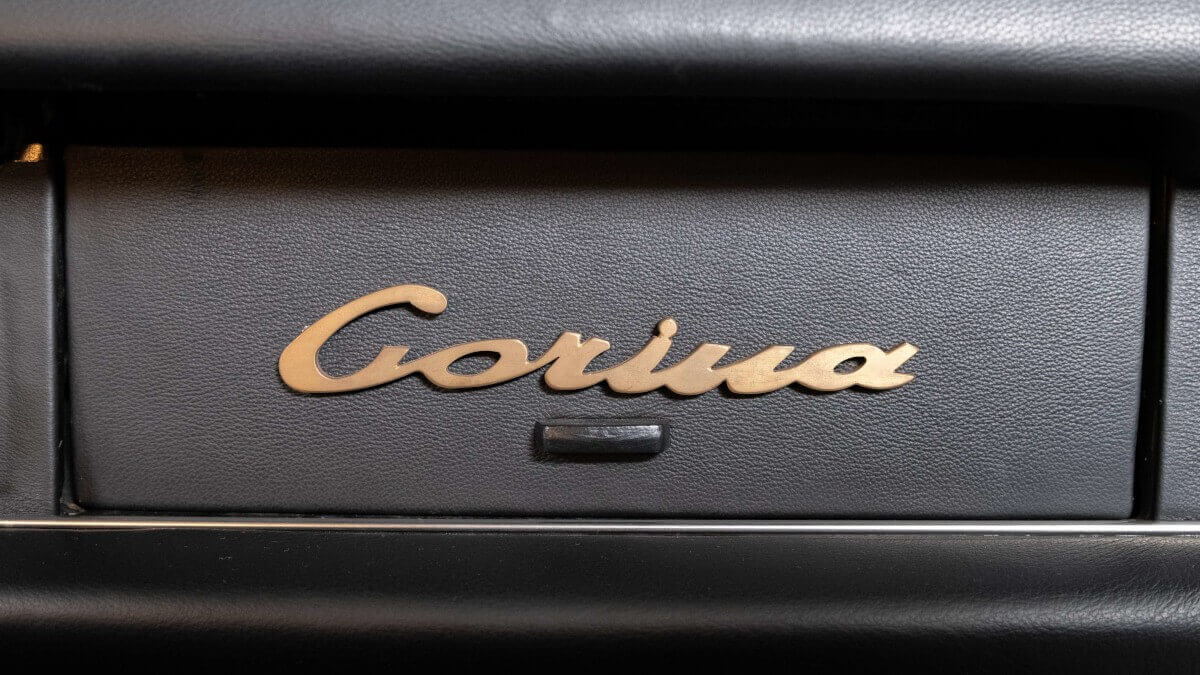



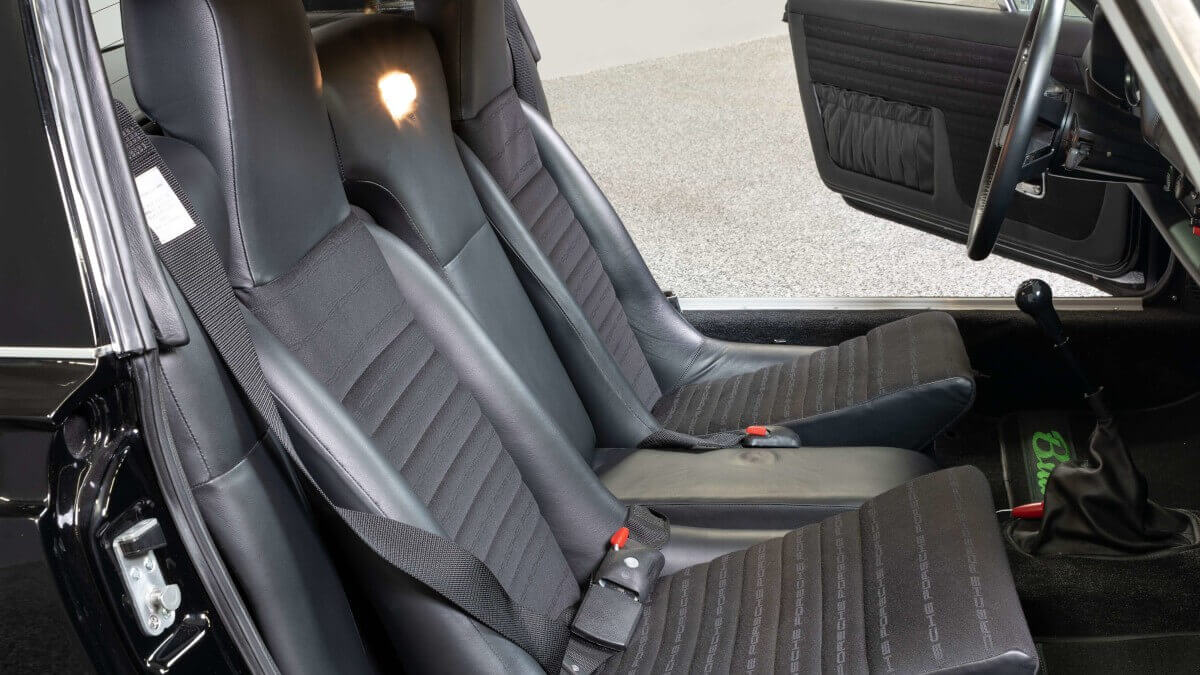



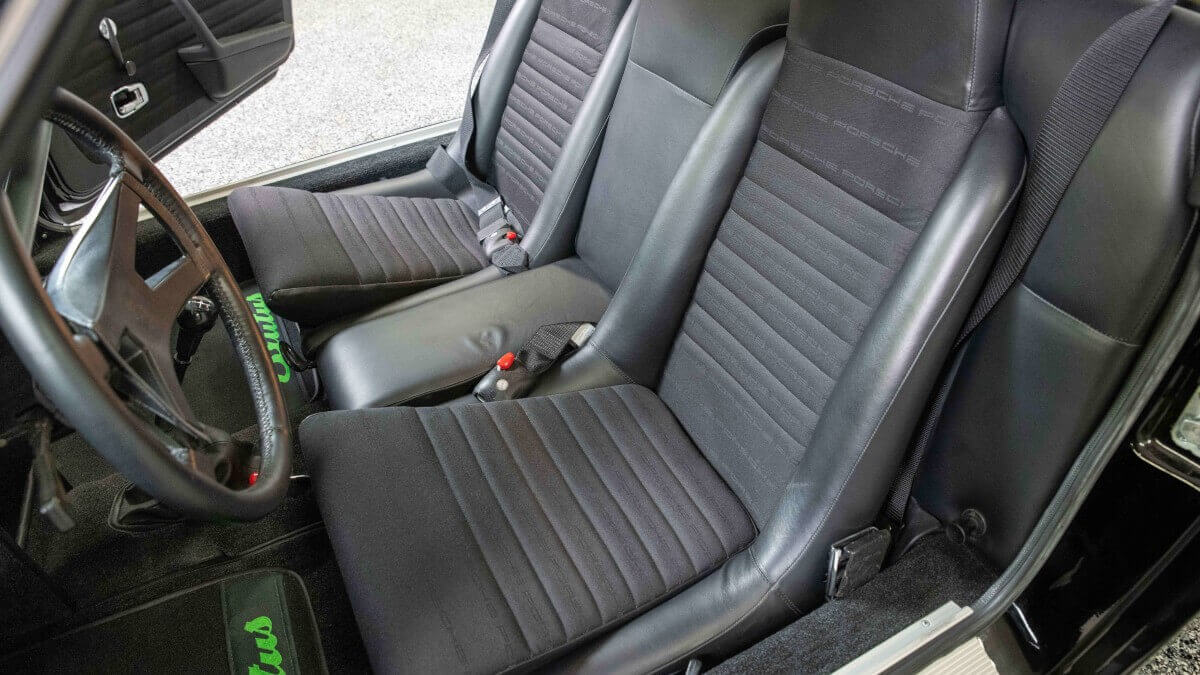



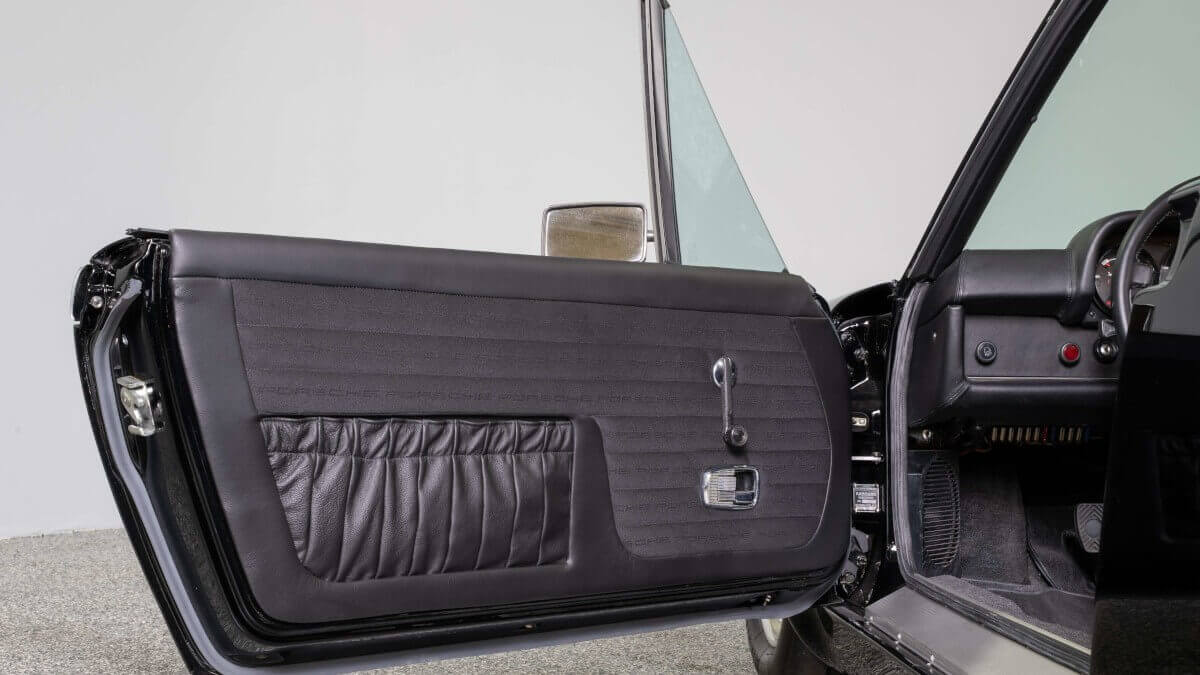



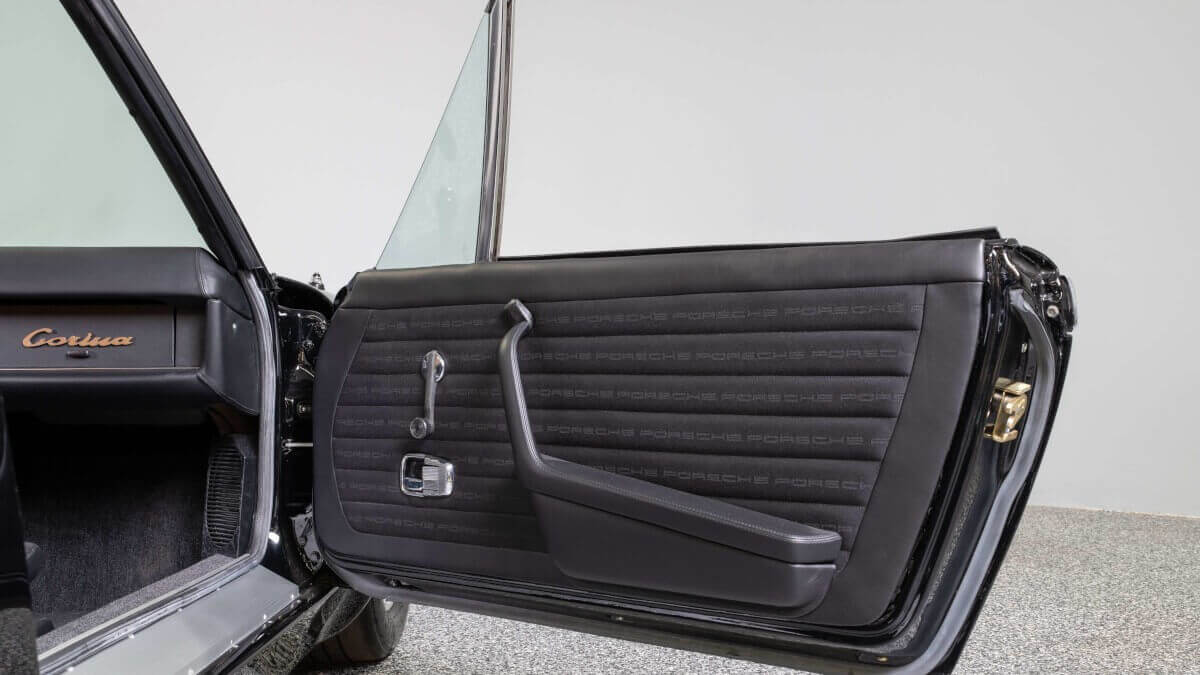



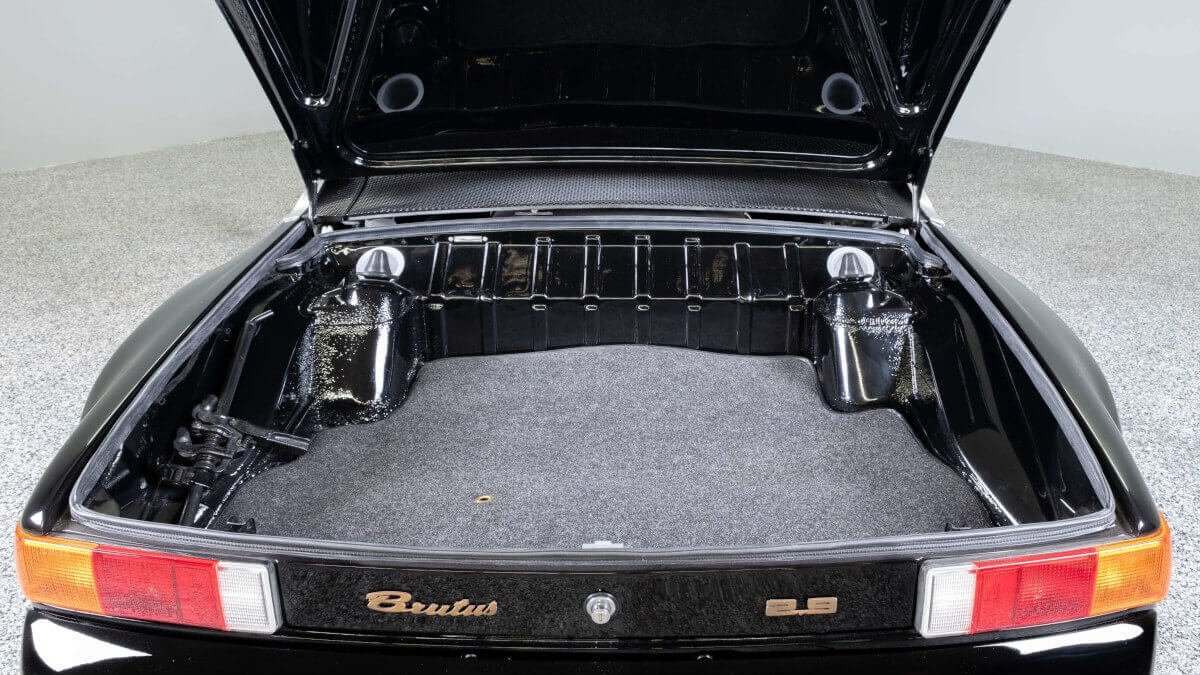



Over time, this 916 prototype remained in the possession of the Piëch family and not only received the nickname Brutus, but also some interior modifications by the Porsche Design department under Anatole Lapine. In April 1974, Corina Piëch sold the black sports car for 27,500 DM to Robert E. Hartvigsen, who was stationed with the Canadian Army in Lahr/Germany in the rank of a Colonel. In early 1978, he sent the car to Porsche for a comprehensive technical overhaul of engine and transmission together with new suspension components, which resulted in an invoice amount of 12,649 DM. In April of the same year, Colonel Hartvigsen returned to Canada and exported the 916 to his second home in the US, where it was registered in October. After his death, the vehicle remained in storage for several years before a collector found it and sold it to another Porsche collector with a mileage of just about 46,000 kilometers.
At that time, the car was in a rusty and overall rather poor condition, which required extensive restoration work including repainting. Together with Jürgen Barth and the US expert for the Porsche 914s, George Hussey, as well as Drew Slaton, specialist for the 911 RSR, the restoration took place over a period of three years including a new interior with materials sourced in Germany. Now the Porsche 916 Brutus will be auctioned off at Artcurial during the Retromobile in Paris next month. A hammer price of in the range between 800,000 and 1,200,000 € is expected.
Images: Artcurial




